A Quiet Architect of American Iconography
Tom Kelley (1914–1984) was more than a photographer, he was a visual storyteller whose images helped define America’s relationship with fame, beauty, and desire in the 20th century. Starting his career in the 1930s with the Associated Press, Kelley developed a distinctive eye for lighting, texture, and emotion that brought still images to life. While his name may not be as instantly recognized as the stars he captured, his work shaped the public image of some of the most enduring icons of the era.
From his possible role in capturing one of the most recognizable photos in American history, "Lunch atop a Skyscraper" to his legendary 1949 session with an unknown Marilyn Monroe, Kelley’s camera was often present at cultural turning points. His studio in Los Angeles became a revolving door for Golden Age Hollywood talent, and his images graced magazine covers, film campaigns, and calendars seen around the world.
What follows is a closer look at three moments that define Kelley’s legacy, not only as a top photographer of his time, but as a quiet force in shaping how we remember it.

Lunch Atop a Legend
Was Tom Kelley the man behind one of the most iconic photos in American history?
In the early 1930s, a young Tom Kelley was working as a photographer for the Associated Press, where he was assigned to document the construction of Rockefeller Center. On that job, he was among the few photographers granted access to the top of the steel beams, and it's believed he may have captured or contributed to the now-famous "Lunch atop a Skyscraper" image, showing ironworkers eating lunch 850 feet above Manhattan. While the original photographer has never been officially confirmed, Kelley’s presence that day links him directly to one of the most iconic images of American resilience and progress.
Marilyn Monroe & the Red Velvet Session
A single photo shoot that changed everything.
In 1949, Tom Kelley photographed a then-unknown aspiring actress named Norma Jeane in a daring nude session, posed against rich red velvet. Sculptural, sensual, and artfully lit, the resulting images remained unpublished for years, until 1953, when one was selected as the centerfold of the first issue of Playboy magazine, credited to her new name: Marilyn Monroe.
Originally shot for use in a calendar, the session would become a defining moment in American cultural history. It helped launch Monroe into superstardom, elevated Playboy from a startup publication to a national phenomenon, and transformed public perceptions of nudity, celebrity, and sexual expression. More than a photo shoot, it was a cultural turning point—and a testament to Kelley’s instinct for capturing not just beauty, but legacy in the making.

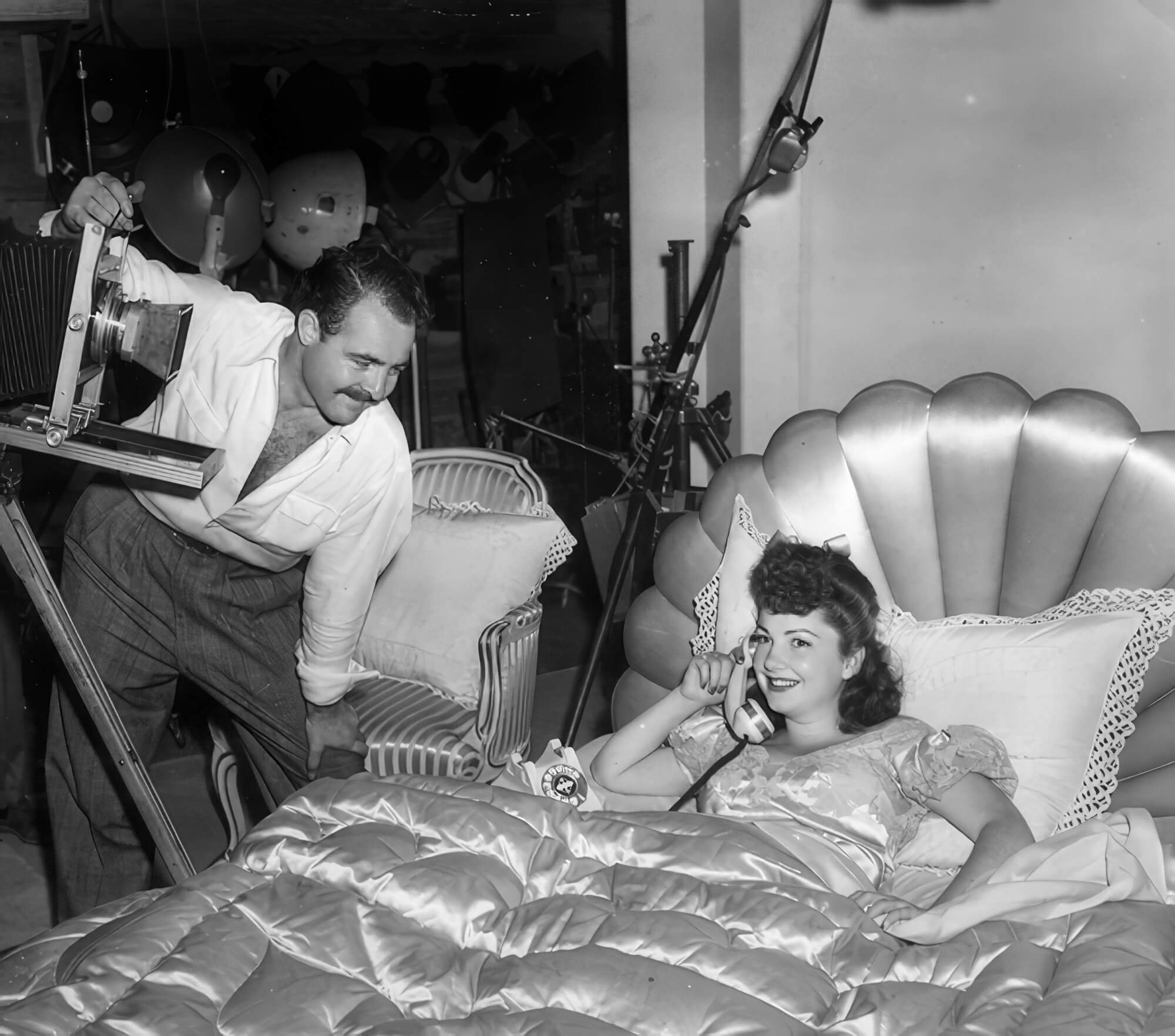
Tom Kelley photographing Anne Baxter in a playful studio setup.
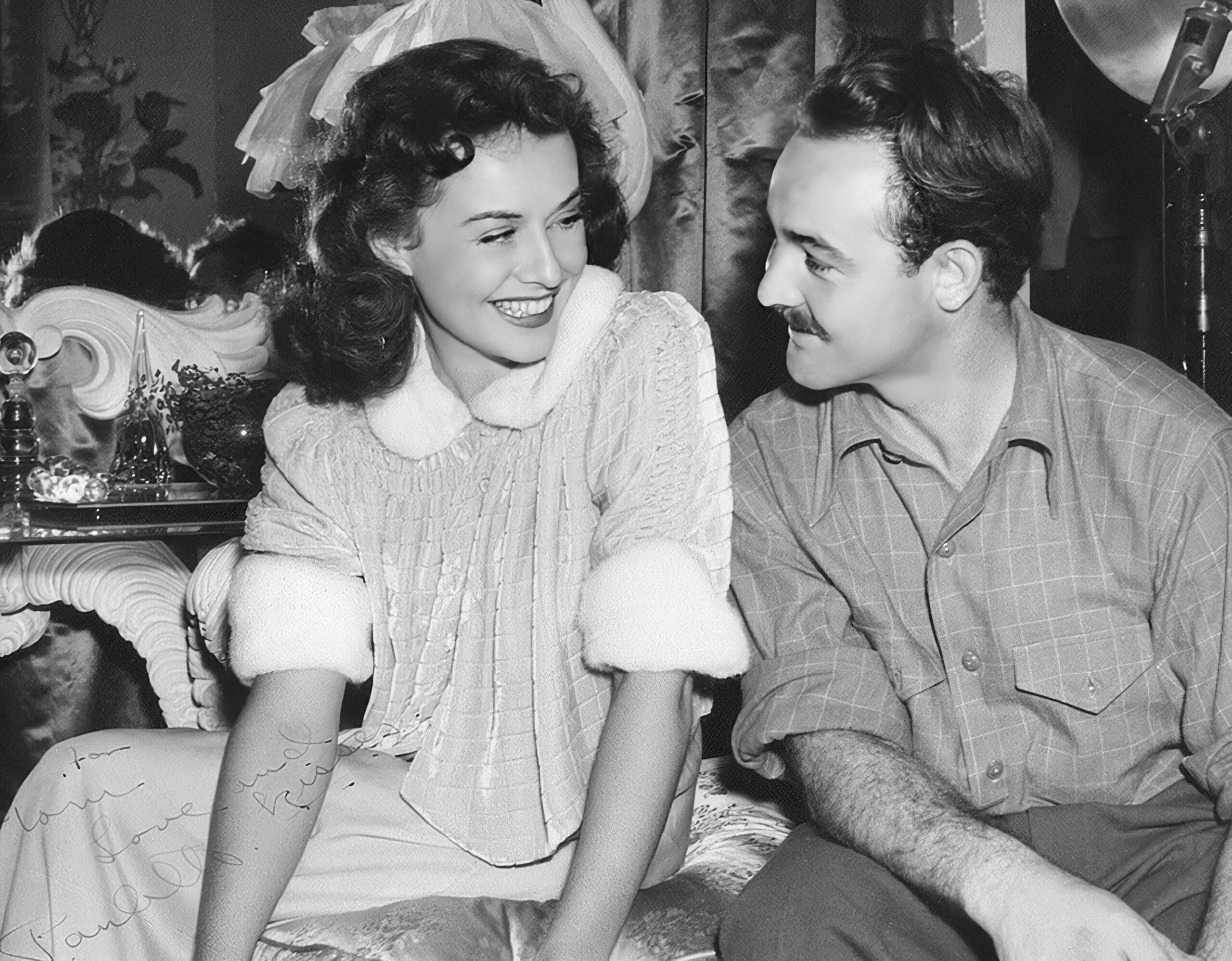
In conversation with Paulette Goddard during a shoot.
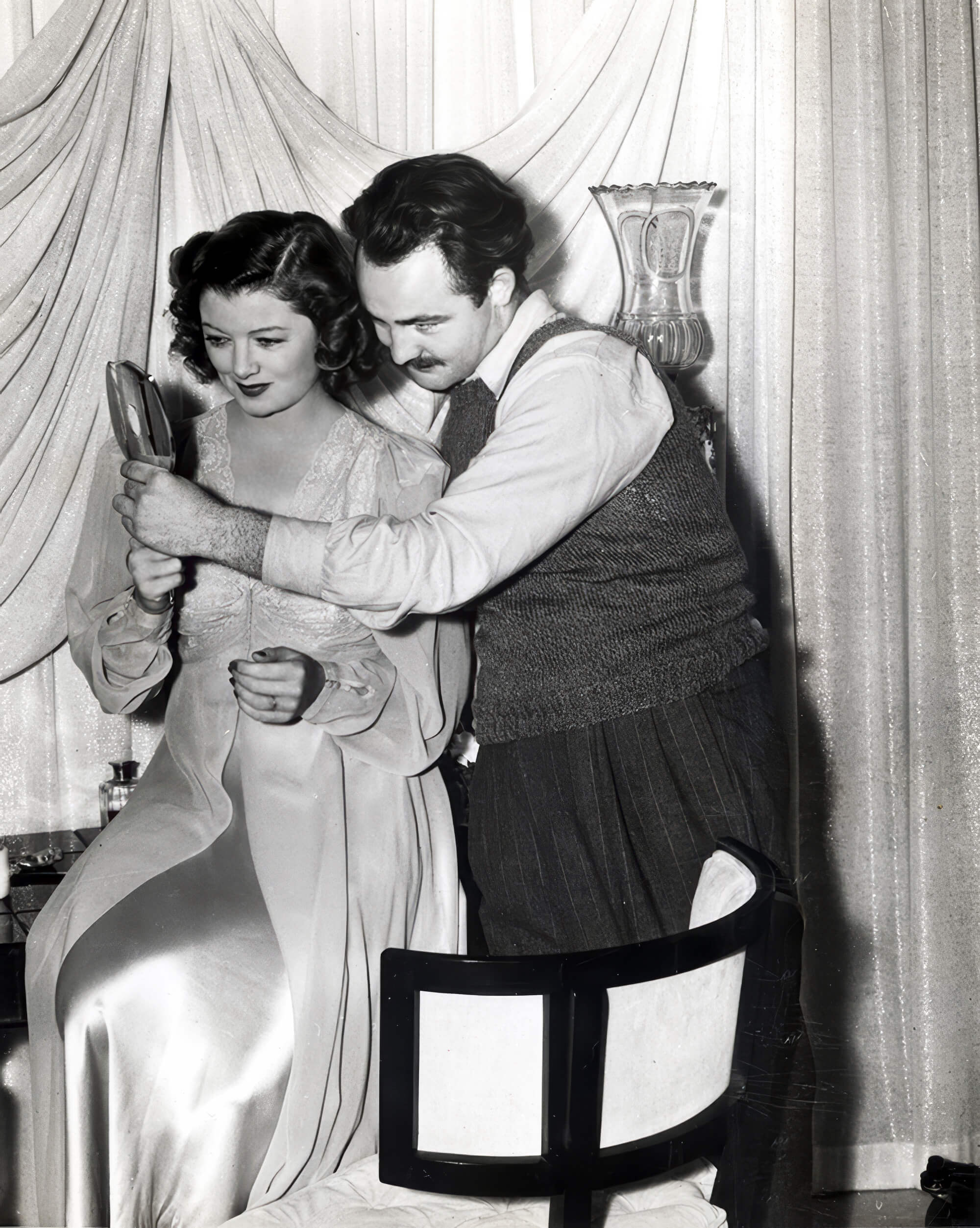
Assisting Myrna Loy with a mirror before a portrait.
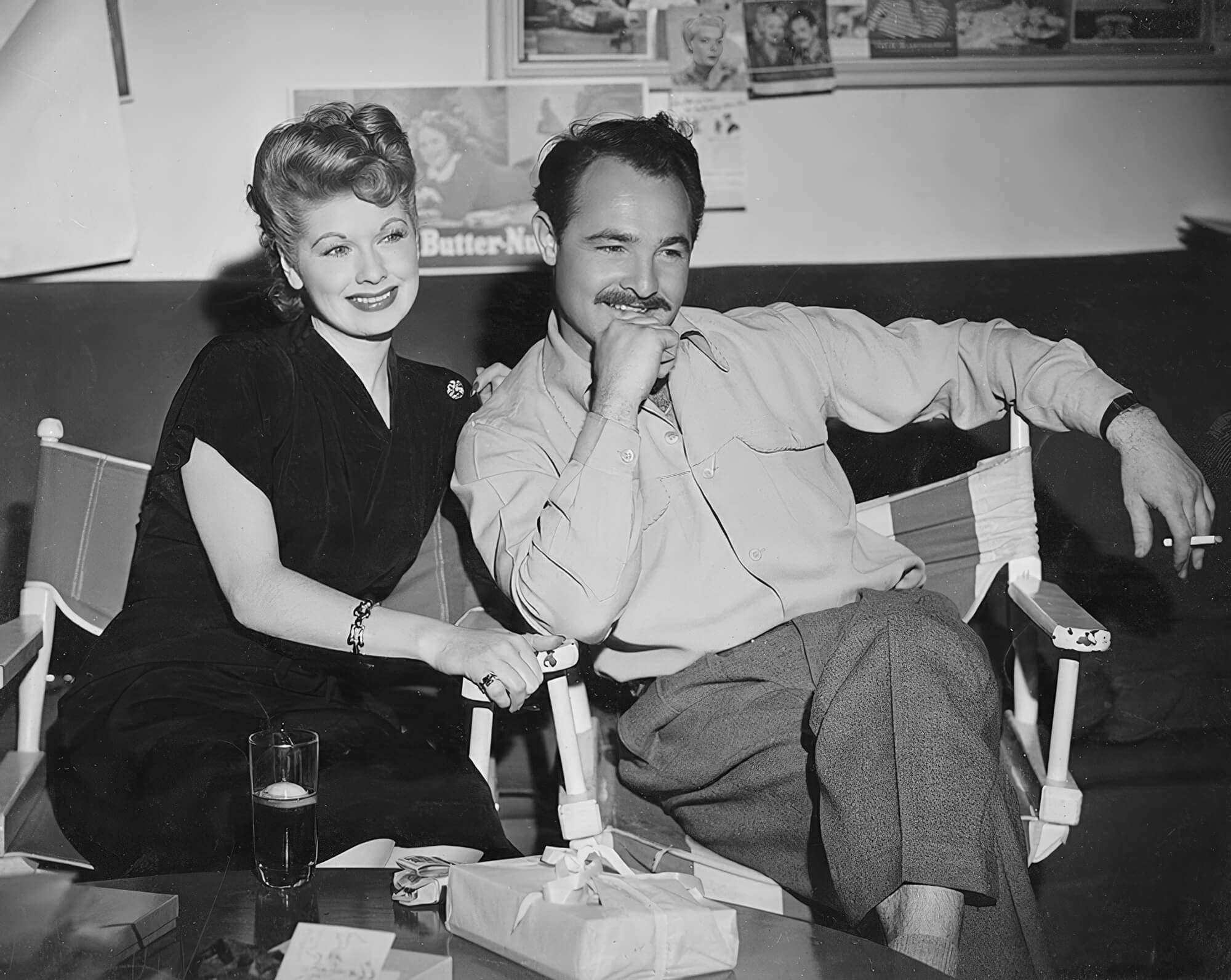
Sharing a candid moment with Lucille Ball on set.
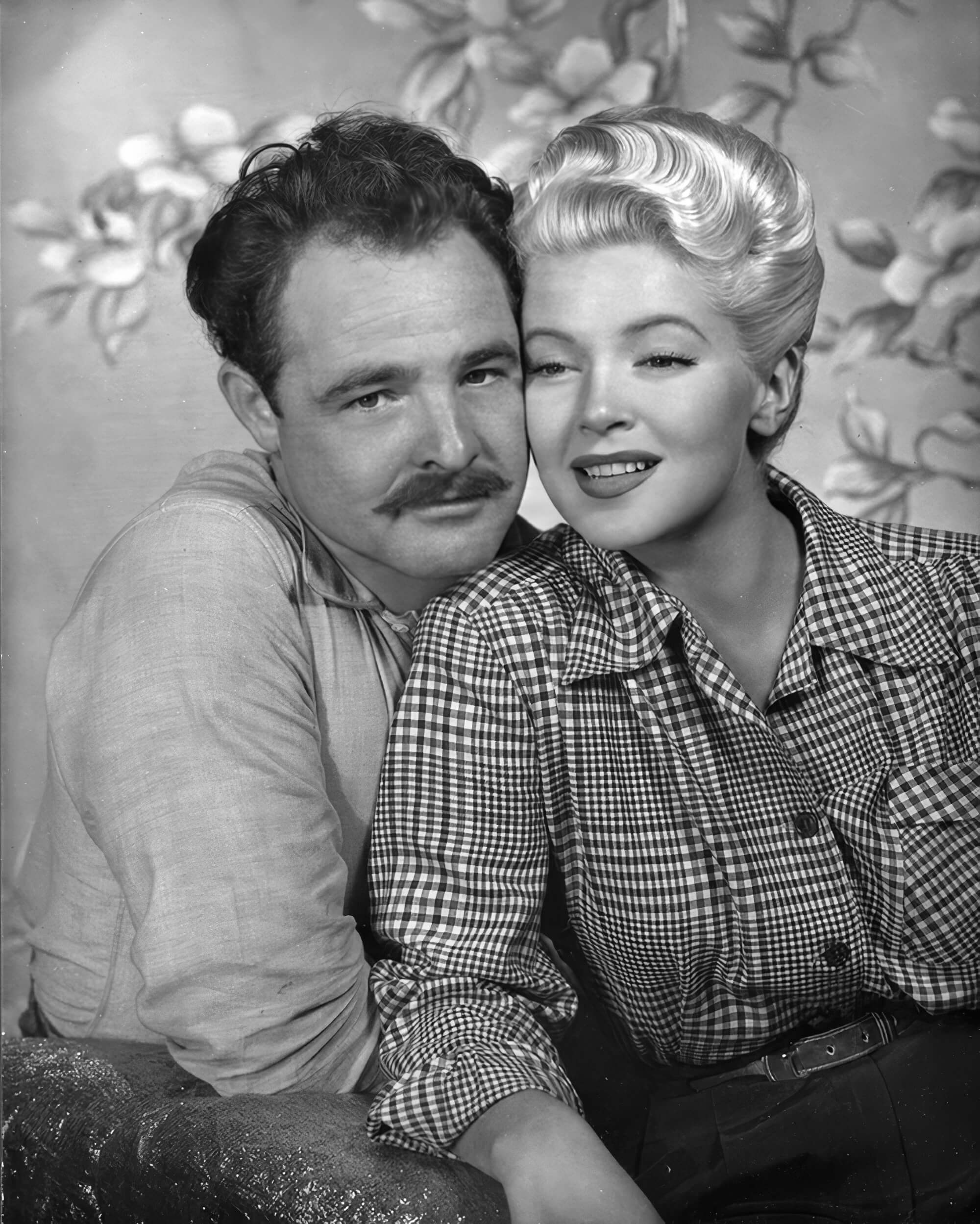
Portrait of Tom Kelley with actress Lana Turner.
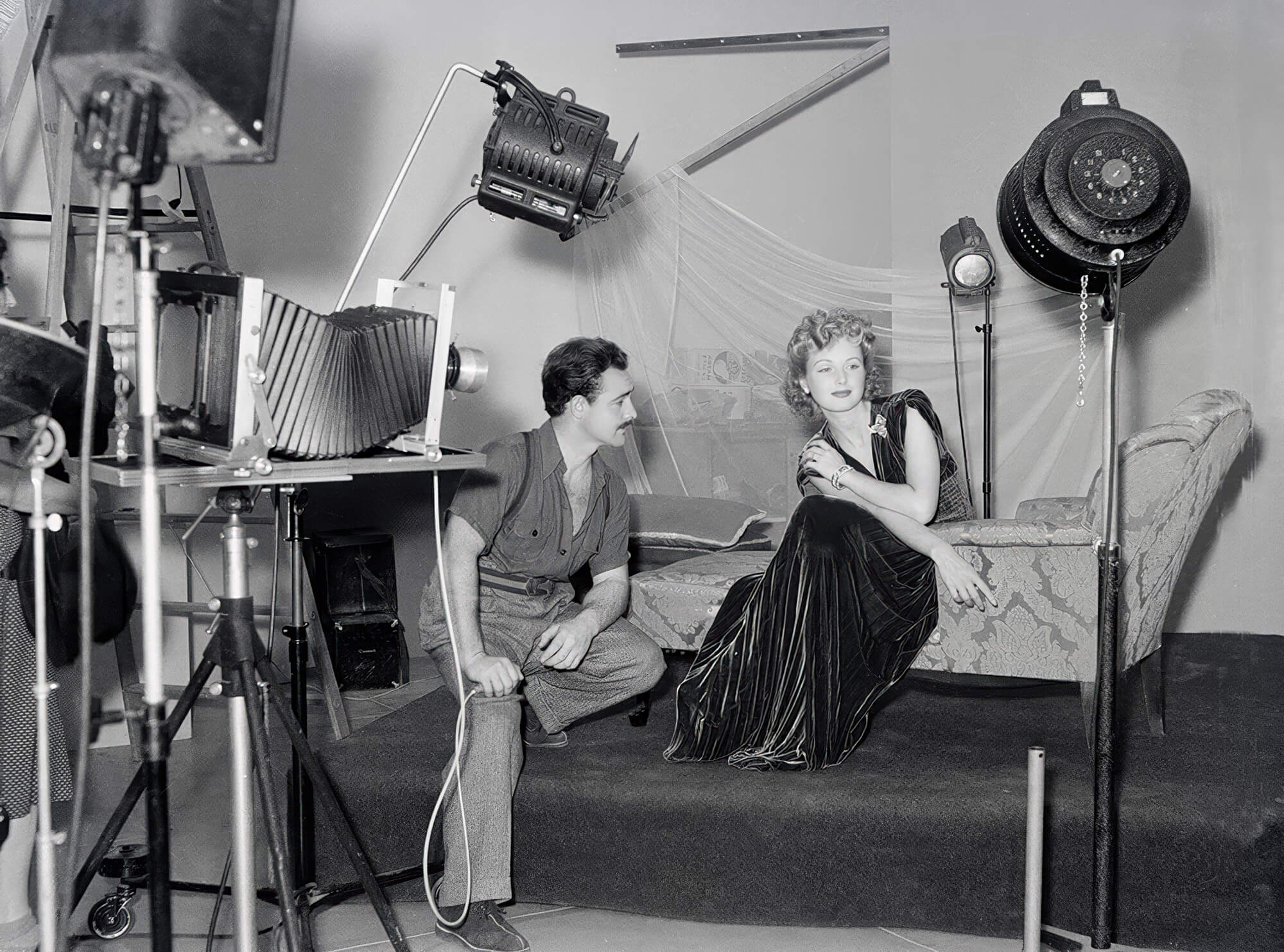
On set with Lana Turner during a Hollywood shoot.
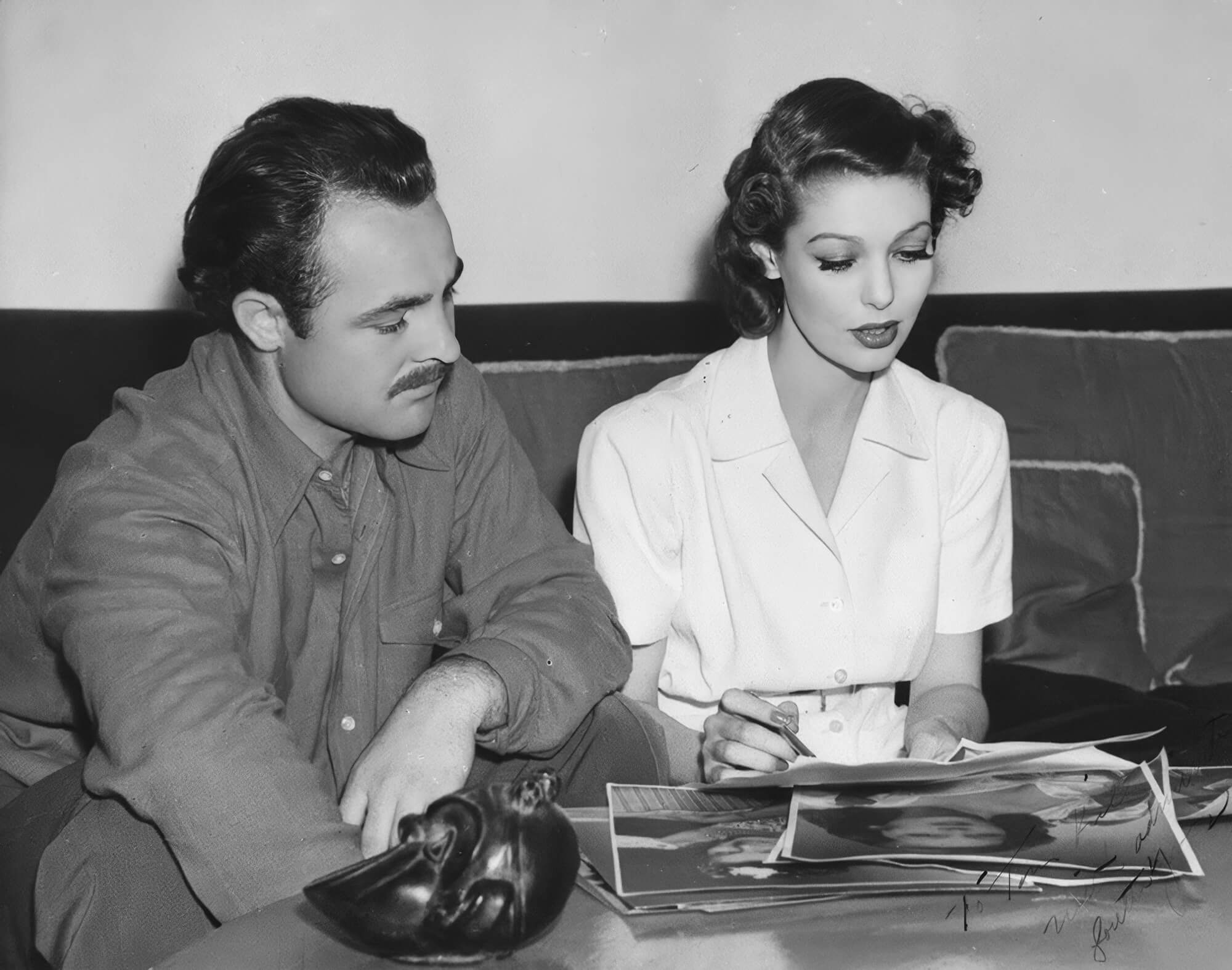
Reviewing headshots with actress Arleen Whelan.
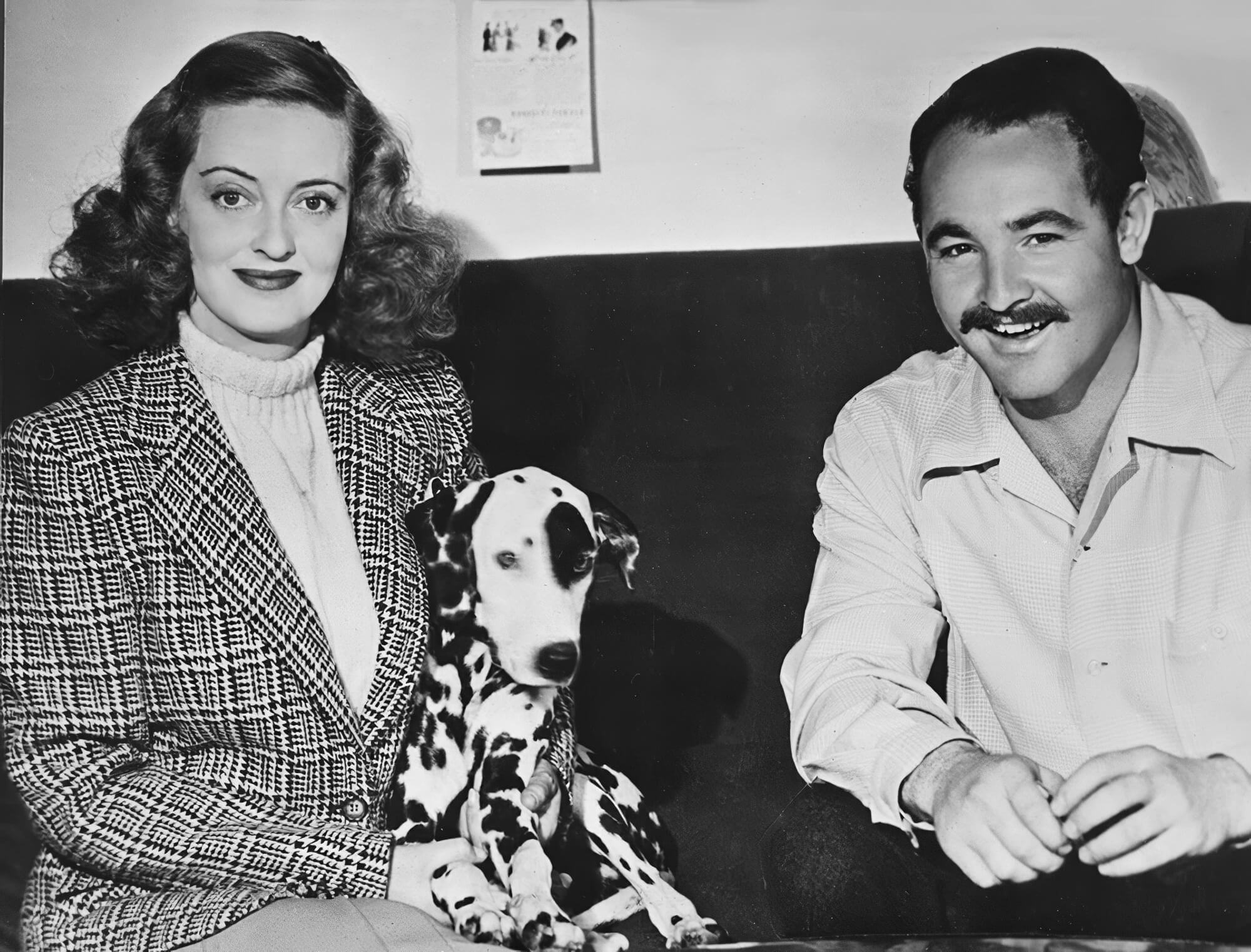
With Bette Davis and her Dalmatian in Hollywood.
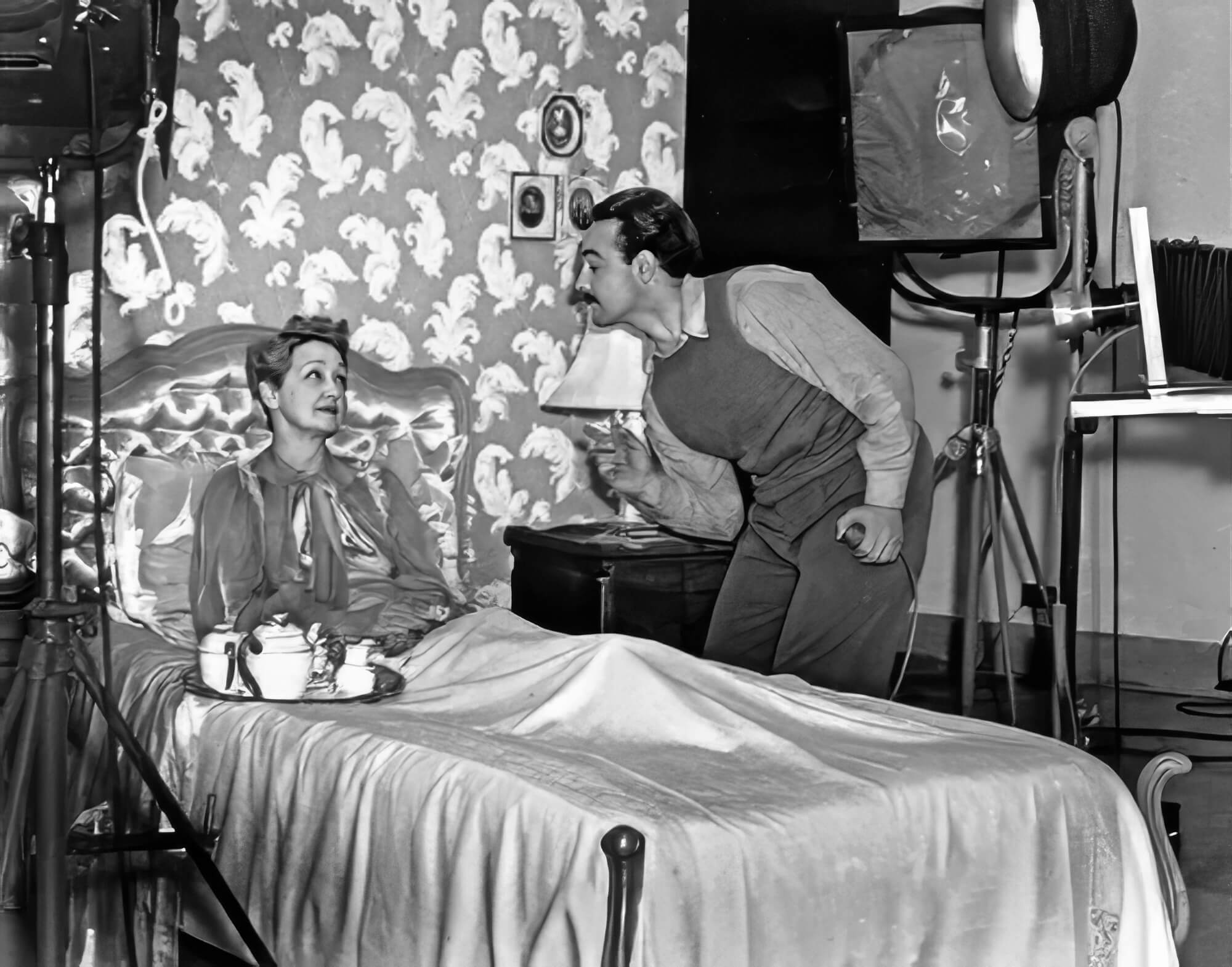
Tom Kelley on set with columnist Hedda Hopper.
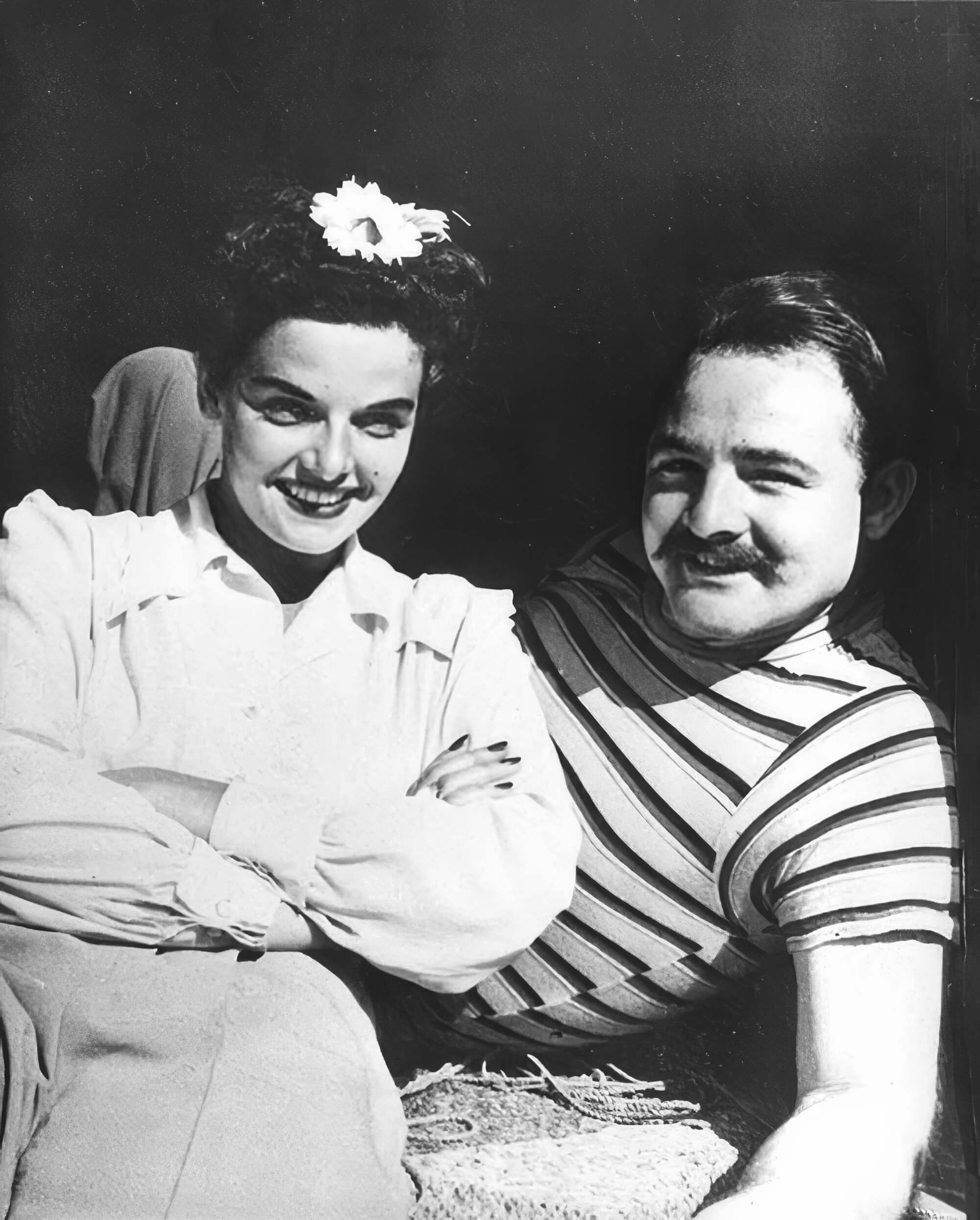
Relaxing with Jane Russell between photo sessions.
From Hollywood Glamour to Iconic Legends
Throughout the 1940s, ’50s, and ’60s, Tom Kelley was one of the most trusted portraitists in Hollywood. His studio became a revolving door for the biggest names in entertainment, Lucille Ball, Bette Davis, Bob Hope, and countless others. Drawn by his professionalism, vision, and effortless ability to capture charisma on film. From movie posters to magazine covers, studio promotions to film campaigns, Kelley’s images didn’t just reflect stardom, they helped shape it. His subtle direction and cinematic eye played a quiet but pivotal role in defining how fame was seen and remembered during the golden era of American entertainment.